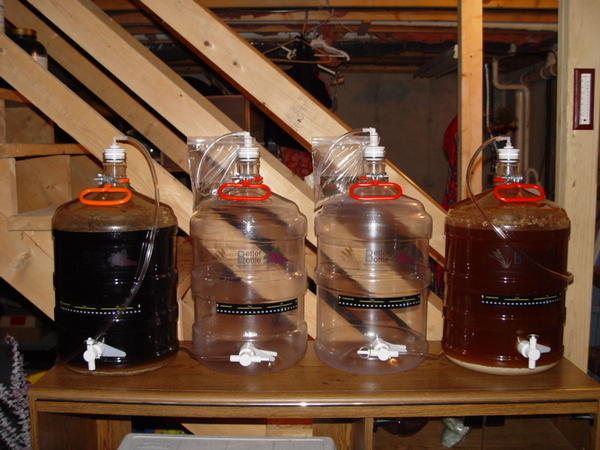I'm currently working on my first batch and have been perusing many threads regarding secondary conditioning in carboys.
It seems that one of the disadvantages of transferring to secondary after the FG is reached is that one exposes the beer to oxygen. Why not rack to secondary while the primary fermentation is still occurring, and maintain CO2 production, thus protecting the beer?
It seems that one of the disadvantages of transferring to secondary after the FG is reached is that one exposes the beer to oxygen. Why not rack to secondary while the primary fermentation is still occurring, and maintain CO2 production, thus protecting the beer?



